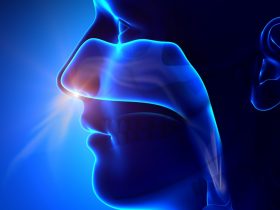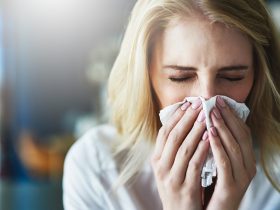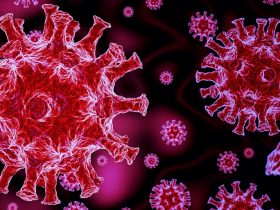A new study presented at the recent American Rhinologic Society, Combined Otolaryngology Spring Meeting (ARS-COSM) held in Boston, Massachusetts, May 3-5, 2023, shed light on the impact of various air pollutant exposure on disease severity in CRS. The study investigated the impact of pollutant exposure on CRS disease severity and identified the treatment quality of life (QOL) outcomes.
Among the numerous side effects of airborne pollutants, chronic rhinosinusitis (CRS) stands as a significant health concern. The deceptive nature of this disease, coupled with the widespread air pollutants, demands a comprehensive understanding of the impact of environmental factors on disease severity.
While it is evident that poor air quality increases the risk of developing CRS and other airway diseases, limited data is available on the impact of air pollution on QOL outcomes in CRS. According to the Environmental Protection Agency (EPA), standards for six common “criteria” air pollutants, including ozone, lead, carbon mono oxide, sulfur dioxide, nitrogen dioxide, and particulate matter, have already been established.
The study recruited a total of 488 patients, out of which 221 individuals had CRS with nasal polyps while 265 were without it. Moreover, 389 patients underwent endoscopic sinus surgery (EES), while 97 individuals underwent continued appropriate medical therapy (CAMT). The inclusion criteria were such that the patients should be diagnosed with CRS and should have undergone EES and CAMT. The evaluated exposure components included particulate matter 2.5 and 10, sulfur dioxide (SO2), nitrogen dioxide (NO2), and carbon mono oxide (CO), while the primary outcome measures were disease severity, 22-item Sinonasal outcome test (SNOT-22) score, and medical outcomes study questionnaire short-form (SF-6D).
Study results showed that pollutant exposure did not significantly correlate with baseline SNOT-22 or SF-6D scores. Moreover, PM2.5 was associated with worse nasal endoscopy scores (p<0.001), while revision EES was also associated with higher PM2.5 concentration (p=0.006).
In addition, PM2.5, PM10, and NO2 showed no correlation with the change in SNOT-22 or SF-6D scores after treatment, while a significant correlation was found between SO2 (p=0.007) and CO (p=0.002); however, their effect sizes were small. Furthermore, no correlation was observed with the change in QOL following CRS treatment. The study concluded that PM2.5 exposure is the most likely factor impacting CRS disease severity. However, further investigations utilizing measurements of lifetime pollution exposure are required to better characterize the relationship.
The authors of the study include Amarbir S. Gill, MD; Daniel M. Beswick, MD; Timothy L. Smith, MD, MPH; Jeremiah A. Alt, MD, PhD; Jess C. Mace, MPH and Robert Hagedorn from the University of Michigan, Michigan, USA.
Reference:
Gill AS, Beswick D, Smith T. et al. Does Air Pollutant Exposure Impact Disease Severity or Outcomes in Chronic Rhinosinusitis. ARS-COSM, May 4-5, 2023






